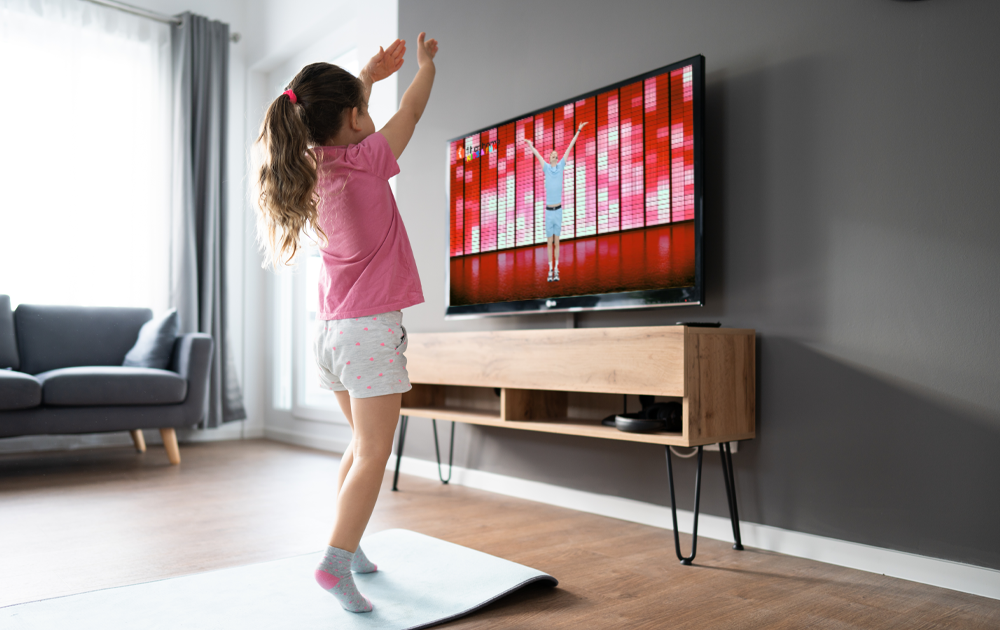As you revel in the accomplishment of completing a vigorous workout, don’t neglect the final essential step: cooling down. A proper post-workout cooldown is the key to easing your body back into a state of rest and promoting recovery. In this blog, we’ll delve into why cooling down matters and provide you with a range of effective exercises to integrate into your routine.
This is why you need to do a cooling down
The cool down phase isn’t just a luxury; it’s a fundamental aspect of a well-rounded fitness regimen. Here’s why dedicating time to cool down is essential:
-> Gradual recovery: Cooling down allows your heart rate and blood circulation to gradually return to normal levels, preventing sudden drops in blood pressure.
-> Reducing muscle stiffness: Post-workout, your muscles are warm and pliable. Cooling down helps prevent muscle stiffness and minimizes the risk of injury.
-> Enhancing flexibility: As your body temperature decreases during the cooldown, your muscles become more receptive to stretching, enhancing your flexibility and range of motion.
-> Promoting waste removal: Gentle movement during the cooldown aids in the removal of waste products like lactic acid from your muscles, reducing post-exercise soreness.
-> Mental transition: The cooldown phase provides a mental transition from intense exercise to a state of relaxation, promoting a sense of well-being and reducing post-workout stress.
Your NUMBER ONE fitness app availabe on:

The most effective cooling down exercises
The cool down phase isn’t just a luxury; it’s a fundamental aspect of a well-rounded fitness regimen. Here’s why dedicating time to cool down is essential:
Low-intensity cardio
Perform light cardio exercises such as brisk walking or gentle cycling to gradually lower your heart rate.
Static stretches
Focus on major muscle groups by holding static stretches for 20-30 seconds each. Target areas like hamstrings, quadriceps, calves, and chest.
Cat-cow stretch
Get on all fours and alternate between arching your back like a cat and dropping your belly like a cow. This promotes spinal flexibility.
Child’s pose
Sit back on your heels with your arms extended in front of you and your forehead resting on the ground. This stretches your back and hips.
Shoulder stretch
Extend one arm across your chest and gently hold it with the opposite hand, feeling the stretch in your shoulder and upper back.
Transform your TV into your personal gym!
With Fit at Home you can workout in front of your TV whenever it suits you. With a variation of different home workouts for the whole family we are your NUMBER ONE fitness app. Whether you want to lose weight, improve your strength, make your kids exercise more often, relax with meditation, improve your stability with Pilates etc.
We love to make you move!
✓ Work out in front of your tv whenever you want.
✓ 24/7 on-demand with more than 500 workouts.
✓ For the whole family.

When do you need to do a cooling down?
You should incorporate a cooling down routine after engaging in any moderate to high-intensity exercise session. This includes both aerobic exercises (such as running, cycling, swimming) and strength training workouts. Cooling down is an essential part of your fitness routine and helps your body transition from the heightened state of activity to a more relaxed state. Here are some instances when you should do a cooling down:
- Aerobic exercise: If you’ve been involved in cardiovascular activities like running, jogging, cycling, or swimming, a cool down is recommended. This helps bring your heart rate gradually back to its resting rate and allows blood circulation to normalize.
- Strength training: After completing a session of strength training, which involves lifting weights or using resistance exercises, a cool down can be beneficial. It helps your muscles recover and reduces the risk of muscle tightness or soreness.
- High-Intensity Interval Training (HIIT): HIIT involves short bursts of intense exercise followed by rest or lower-intensity intervals. Even in this case, a cool down can help your body recover and prevent abrupt drops in heart rate and blood pressure.
- Sports and physical activities: Any sport that involves quick movements, sprints, or intense physical exertion should be followed by a cool down. This helps prevent injury and promotes overall recovery.
- Group fitness classes: Whether it’s a spinning class, aerobics, dance, or any other group fitness class, dedicating a few minutes to cool down at the end is a good practice.
- Strenuous activities: Even if you engage in activities like hiking, rock climbing, or playing a physically demanding game, a cool down can be helpful in allowing your body to gradually return to its pre-exercise state.
Remember that the specific duration and components of your cool down can vary based on the type of activity you’ve engaged in, your fitness level, and personal preferences. A common recommendation is to spend about 5-10 minutes engaging in low-intensity exercise, followed by static stretching for the major muscle groups. The goal is to gradually lower your heart rate, promote blood circulation, and aid in muscle recovery.
Warming up and cooling down
Cooling down and warming up are two important components of an effective exercise routine. While they serve different purposes, both are crucial for optimizing performance, preventing injuries, and promoting overall fitness. Here’s a breakdown of each:
Warming up
Warming up is the preparatory phase before engaging in exercise or physical activity. Its primary goal is to gradually increase your heart rate, body temperature, blood flow, and muscle flexibility in order to prepare your body for the upcoming workout.
Cooling down
Cooling down is the concluding phase of exercise, designed to gradually transition your body from the heightened state of physical activity to a more relaxed state. The purpose of cooling down is to aid recovery, prevent dizziness or fainting, and promote overall well-being.
Both warming up and cooling down are integral to a well-rounded exercise routine. They can contribute to improved performance, reduced risk of injury, and better overall physical and mental well-being.